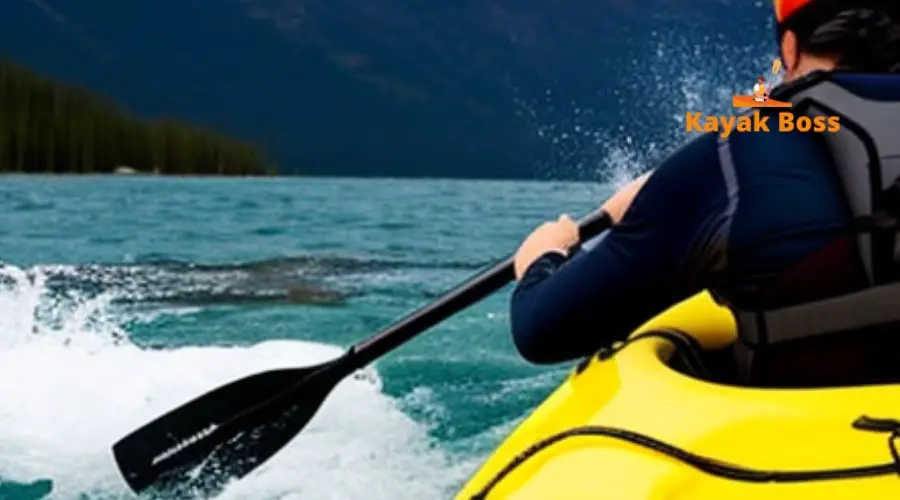Kayaking is a popular pastime that allows individuals to explore the great outdoors and enjoy the beauty of nature. However, as with any outdoor activity, it is important to be aware of the risks and take the necessary precautions to ensure a safe and enjoyable experience. In this article, we will discuss What should you not do in a kayak? and what you should avoid to stay safe on the water.

Mistake 1: Not Wearing a Lifejacket
One of the most important safety precautions when kayaking is wearing a lifejacket. A lifejacket is designed to keep you afloat in case of capsizing or other emergencies. Without a lifejacket, you are at risk of drowning. It is important to choose a lifejacket that fits properly and is appropriate for your level of activity.
Mistake 2: Not Checking the Weather and Water Conditions
Another important safety consideration when kayaking is checking the weather and water conditions. Before heading out on the water, it is essential to check the forecast for any potential storms or inclement weather. Additionally, you should also check the water conditions, such as the tide, current, and water temperature, to ensure that it is safe to kayak.
Mistake 3: Not Knowing Your Limits
Kayaking can be a physically demanding activity, and it is important to know your limits. Paddling for long periods of time or in rough water can be tiring, and it is important to take breaks and rest when needed. Additionally, if you are new to kayaking, it is important to start out on calm, easy-to-navigate waters before attempting more challenging routes.
Mistake 4: Not Knowing How to Rescue Yourself or Others
In the event of capsizing or other emergencies, it is important to know how to rescue yourself and others. This includes knowing how to properly exit a capsized kayak, how to use a paddle as a support, and how to signal for help. It is also important to carry a whistle and other signaling devices, such as flares, in case of an emergency.
Mistake 5: Not Being Prepared for Emergencies
Lastly, it is important to be prepared for emergencies when kayaking. This includes carrying a first aid kit, a flashlight, and extra clothing and supplies in case of an unexpected overnight stay. It is also important to inform someone of your plans and expected return time, so that help can be summoned in case of an emergency.
What should I not do in a kayak?
A: There are several things you should avoid doing in a kayak to ensure your safety and the safety of others:
- Do not exceed the weight capacity of your kayak. This can cause the kayak to tip over or become unstable.
- Do not stand up in a kayak, as this can cause the kayak to tip over.
- Do not paddle in fast-moving or rough waters without proper training and experience.
- Do not paddle alone, especially in remote areas or dangerous conditions.
- Do not drink alcohol or use drugs while kayaking. This can impair your judgment and reaction time, putting yourself and others at risk.
- Do not paddle in bad weather conditions, such as high winds or lightning storms.
- Do not paddle in areas with heavy boat traffic without proper safety gear, such as a life jacket and a whistle.
- Do not paddle in areas where it is prohibited or restricted.
- Do not attempt to paddle in currents or rapids without proper training and experience.
- Do not neglect to inspect your kayak and equipment before each trip, including checking for any damage, leaks, or wear and tear.
It’s important to always use caution and good judgment when kayaking and to be aware of your own skill level, the conditions, and any potential hazards. Remember to always wear a personal flotation device and check weather and water conditions before heading out.
Conclusion
Kayaking is a fun and exciting activity that allows individuals to explore the great outdoors. However, it is important to be aware of the risks and take the necessary precautions to ensure a safe and enjoyable experience. By avoiding these common mistakes and being prepared for emergencies, you can have a great time kayaking while staying safe on the water.
